With Women Of Action, Caroline Siede digs into the history of women-driven action movies to explore what these stories say about gender and how depictions of female action heroes have evolved over time.
It’s funny how context can get lost with time. When I think back on the seismic cultural moment when Wonder Woman hit theaters, I remember stories of women crying over how meaningful it felt to see a strong, fearless woman superhero finally placed front and center for once. What I’d forgotten was that the movie premiered less than a year into Donald Trump’s first presidency; almost exactly seven months since the 2016 election sent the country reeling with questions about what it would take to ever see a woman in the Oval Office. Maybe there was a reason we all needed a beacon of female power that summer.
When I was planning out what I wanted to cover in Women Of Action’s first few installments, I knew I should get to the topic of female superheroes sooner rather than later. And I also knew I was setting myself up for a bit of an impossible task. If there are two defining pop culture trends of the 2010s, they are the rise of superheroes as an absolute cultural juggernaut and the rise of modern feminist discourse about female representation. Gallons of digital ink have been spilled about the need for more female superheroes and why it took so long to get them—much of it by me. What more is there to say there hasn’t already been said?
So instead of looking at the film as a whole, I’d like to specifically zero in on four action scenes that represent the highs and lows of Gal Gadot’s Wonder Woman tenure—starting not with her 2017 solo film but with Zack Snyder’s Batman V Superman: Dawn Of Justice the year before. Because even BvS haters have to admit that Wonder Woman’s official entrance into the DCEU absolutely rules. After wandering around the margins of the story as Diana Prince, Gadot disappears just long enough that you kind of forget she’s in the movie, only to emerge in her full-costumed glory, scored by one of the most instantly iconic superhero themes of the 21st century.
It’s a jolt of energy into a movie desperately in need of some. Watching Diana effortlessly slip into playful, gladiator-style action is a statement of purpose about how the DC films intended to use the character moving forward. (Twelve films in, Marvel’s big-screen female heroes were all still sexy spy and/or assassin supporting players.) And while the moment where Superman asks “Is she with you?” and Batman replies “I thought she was with you” initially plays like just some generic jokey banter, it’s actually key to understanding what makes the DCEU’s portrayal of Wonder Woman so singular.
There had been female-led superhero movies before, including 1984’s Supergirl, 2004’s Catwoman, and 2005’s Elektra. But those films were spinoffs of male-driven superhero stories; characters who exist specifically in relation to more famous male heroes. Wonder Woman is different. She’s not a love interest or a villain or a female relative who later stepped into a leading lady role, nor is she a member of a team like the X-Men and Fantastic Four franchises had given us. She’s been her own standalone heroine since she first debuted in All Star Comics #8 way back in 1941—right on through to her cover star appearance on Gloria Steinem’s Ms. magazine (headline: “Wonder Woman for president”) and the popular 1970s TV show that helped make her a household name.
She’s not “with” either Batman or Superman because she’s simply a hero in her own right; it’s pretty astounding to think that it took us until 2017 to get that concept on the big screen. For whatever else Batman V Superman does, it gets Wonder Woman’s entrance right, teeing up the promise of a different kind of female superhero story that Patty Jenkins’ solo Wonder Woman film would more than deliver on the next year.
Like the Barbie movie last year and Black Panther in 2018, Wonder Woman was a cultural phenomenon that brought out droves of people who might not otherwise think of catching an action blockbuster—breaking box office records and drawing higher percentages of female filmgoers than most superhero movies. Those craving a new kind of superhero representation were rewarded early on with an extended action sequence where Diana’s Amazonian sisters spring into action as a group of German soldiers storm their hidden shores.
The Amazons are sharp-eyed with their bows, fearless in their cliffside leaps, ferocious in their strength, and balletic in their ability to leap around the battlefield. While earlier drafts of the film framed the story from the perspective of an everyday human who finds the Amazons otherworldly, Wonder Woman does the opposite. Here it’s the German soldiers and their guns who feel alien and uncanny. There’s warmth and comfort to the way the Amazons work together as one—riding out in perfect formation and literally hoisting each other to greater heights.
It’s rare to find a female-led action scene where the women are supposed to look strong, rather than sexy (even BvS squeezes in a quick upskirt shot), and it’s even rarer to find one with an entire group of women, rather than one solo female character on a team of men. “Just the visual of seeing an army of ripped, powerful women charging down to protect each other and their world was enough to bring me to tears,” Emma Gray wrote in a Huffington Post piece rounding up the rapturous reactions to the film’s action sequences. “No wonder white men are so obscenely confident all the time,” someone else joked on Twitter. “I saw one woman hero movie and I’m ready to fight a thousand dudes barehanded.”
Original Wonder Woman creator William Moulton Marston would no doubt be thrilled by the response. A psychologist, feminist, and pioneer in the creation of the polygraph, Marston believed women were more suited to power than men. Inspired by his wife/fellow psychologist Elizabeth Holloway Marston and their polyamorous life partner, Olive Byrne, he created Wonder Woman as a way to influence comic readers towards social equality. (The trio’s story is fascinatingly told in Angela Robinson’s historical romance Professor Marston And The Wonder Women.)
And if you’ve ever felt any tension around, say, Wonder Woman’s strength and the scantily clad way she dresses, that all comes back to Marston too. He specifically believed women should be leaders because they’re naturally more “tender, submissive, peaceloving” than men and that their “good and beautiful” allure just needed a boost of physical strength. He also believed that the only way to achieve world peace was to teach powerful people to enjoy bondage—hence all the tied-up lasso imagery in early Wonder Woman comics. As with so many male-created stories of powerful women, it’s, uh, complicated.
Because I grew up watching female-led action stories like Xena: Warrior Princess and Buffy The Vampire Slayer and because I was already deep into reviewing the Supergirl and Jessica Jones TV shows when Wonder Woman premiered, I was a little less personally moved by its representational impact than audience members not so steeped in the genre. In fact, if anything, I was more inclined to be critical of how the film handles its female representation because it’s a topic I’ve been thinking about my whole life.
My first real qualm with Wonder Woman comes at the tail-end of the beach siege, when Diana’s beloved aunt Antiope (Robin Wright) dies taking a bullet to protect her. In any other superhero movie, that would be the defining event of its hero’s arc—think Peter Parker losing Uncle Ben or Bruce Wayne losing his parents. In Wonder Woman, however, it’s weirdly incidental to Diana’s story. Other than providing an origin for Wonder Woman’s tiara, Antiope’s death is never mentioned again. In fact, it’s immediately followed up by an extended flashback action sequence for Chris Pine’s Steve Trevor and the first of many screwball comedy scenes between Steve and Diana. (In which case, why even kill her off at all?)
While the opening Amazon battle suggests Wonder Woman is going to be a movie where female solidarity and maternal mentors matter, it leaves those ideas behind as soon as Diana sails away from Themyscira. (We wouldn’t get a true female solidarity superhero film until my beloved Birds Of Prey in 2020.) As I’ve written about before, it’s not that I dislike the way the film portrays Steve (he’s a super charming character!), but how much Diana’s relationship with him subsumes the entirety of her arc and denies her the chance to have a diversity of meaningful relationships—the way, say, Superman is defined by his love for Lois Lane but also his relationship with his Earth parents and his space dad.
That’s partly why the film’s final action sequence is so unsatisfying. It’s not just that the CGI looks terrible or that Ares is a much less interesting villain once he transforms from nebbishy David Thewlis to a giant goopy monster, it’s that the third act is thematically muddled in a way that hurts the emotional flow of the final battle. Given that Ares is the villain around which the entire Amazonian culture exists, the finale should circle back to Diana’s roots in some way—particularly once she learns that her mom lied about her birth story. But by that point, Wonder Woman is solely focused on Diana accepting that humans aren’t simply “good or bad,” as represented by her love for the morally complex man she just met. Where another film might insert a flashback to something meaningful the hero’s mentor told her in her youth, Wonder Woman flashes back to something Steve told Diana five minutes ago.
Jenkins just about gets away with the cheat because the rest of the movie is so strong and Pine and Gadot have such great chemistry together. But that thematic muddiness proves disastrous when it’s carried over and heightened into the all-but-forgotten 2020 sequel, Wonder Woman 1984—another film that treats Diana’s Themyscira origins as a prologue to a Steve Trevor-focused story. (Jenkins’ father was an Air Force fighter pilot who died in a mock dogfight when she was seven years old, and I wonder if that’s part of why the Steve character is so central to her understanding of Wonder Woman.)
It may sound like I’m splitting hairs, but thematic cohesion is crucial for DC films because, unlike Marvel movies, which hinge on the likability and relatability of their characters, DC’s stable of godlike heroes exist on a mythic plane. Their stories are more allegorical than their MCU counterparts, and that’s why Wonder Woman’s best action scene (and arguably the best action scene of the entire DCEU) is one that gets its power from a metaphor so audaciously on-the-nose it’s improbable it works as well as it does: Diana’s journey out of the trenches and into No Man’s Land—a clever bit of wordplay that would make Éowyn proud.
While not all the CGI holds up here either (particularly in the village rescue sequence that immediately follows the actual No Man’s Land crossing), it doesn’t matter because the thematic impact is so strong. Upon arriving in London, Diana is happy to be a naïve fish-out-of-water who (mostly) follows Steve’s suggestions about how to function in polite British society. So when she finally decides to ignore his commands and head into battle in her full Wonder Woman costume, it’s as if she’s throwing off the shackles of patriarchy and stepping into her full Amazonian power.
For as light and playful as Wonder Woman feels in its first half—equally comfortable paying homage to Disney’s The Little Mermaid as Richard Donner’s Superman—the No Man’s Land sequence elevates the film into something with real weight. Even more so than in 2017, when Supergirl was my main post-election female empowerment superhero story, I found it really emotional to watch Diana draw gunfire in order to blaze a path for others to follow. The image of her holding up her shield to a battalion’s blast feels like an allegory for a lot of things—not least of all Jenkins’ path to becoming the first woman to direct an American studio superhero film and just the third to direct a movie with a budget over $100 million. (She broke out with her debut indie Monster, largely pivoted to TV, and then was hired and parted ways with Thor: The Dark World because she was worried her gender would be blamed if the film failed.)
The No Man’s Land sequence is an obvious metaphor for womanhood and how life can feel like a battlefield even as you’re constantly told you’re not strong enough to handle warfare. But it’s also just really good superhero storytelling about a hero who’s not afraid to break the rules to do what’s right; about how mythic valor can be a guiding light in the darkest of times. Setting the film during the moral ambiguity of the First World War allows Wonder Woman to expand beyond simple questions of good vs. bad, men vs. women. Diana is a hero for her gender, but she’s also a hero for the oppressed during a time in which there are no clear-cut answers.
While Marston’s belief that comic book storytelling could change the world for women hasn’t exactly come true in the 77 years since his death, superhero stories have the power to help us process the world we live in and imagine a different future. To give us ideals to strive for and raise questions about why we accept things the way that they are. Wonder Woman did that back in the dark days of 2017. Maybe we need her again now.
Next time: One of the best action movies of the ’90s is the Disney princess musical, Mulan.
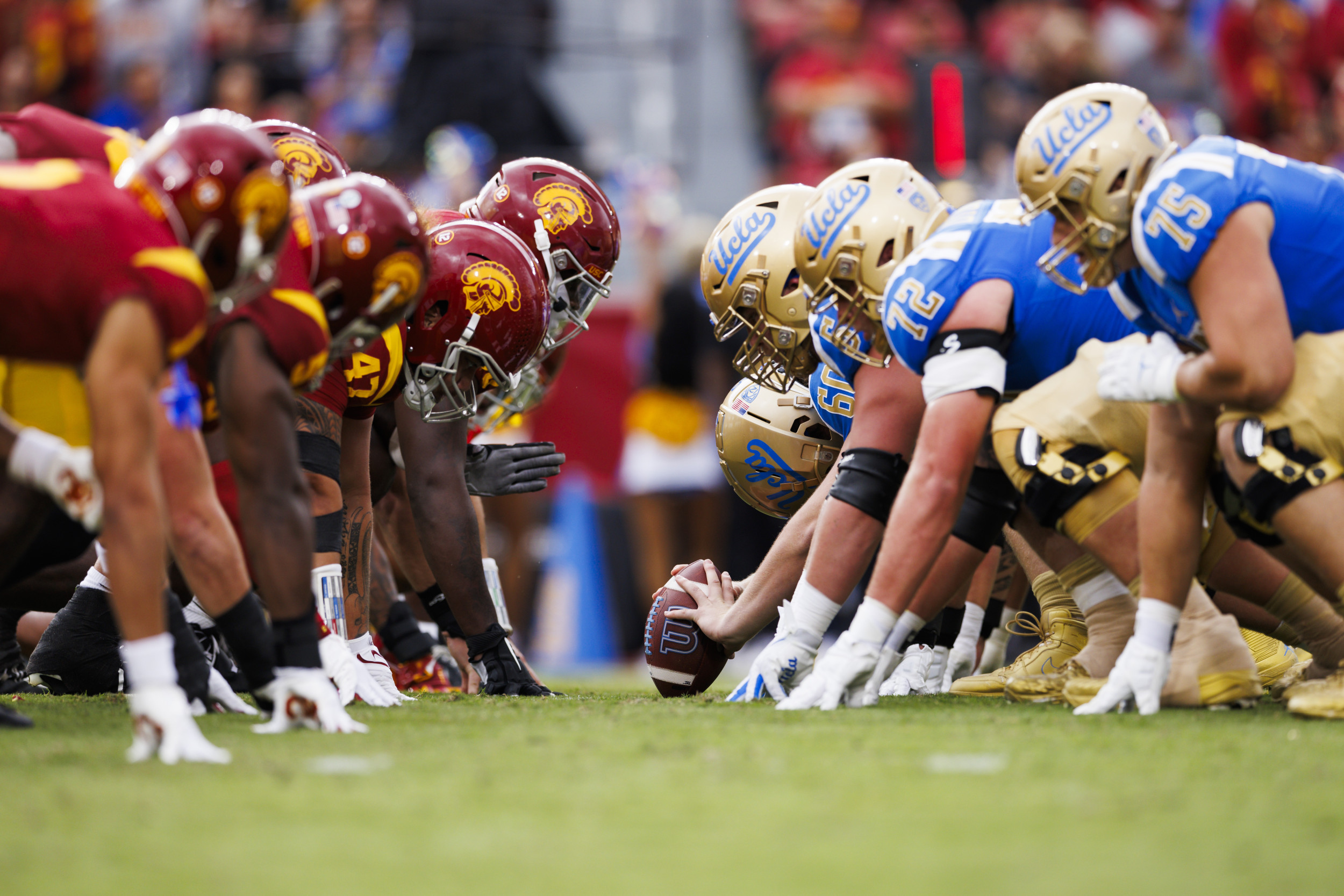

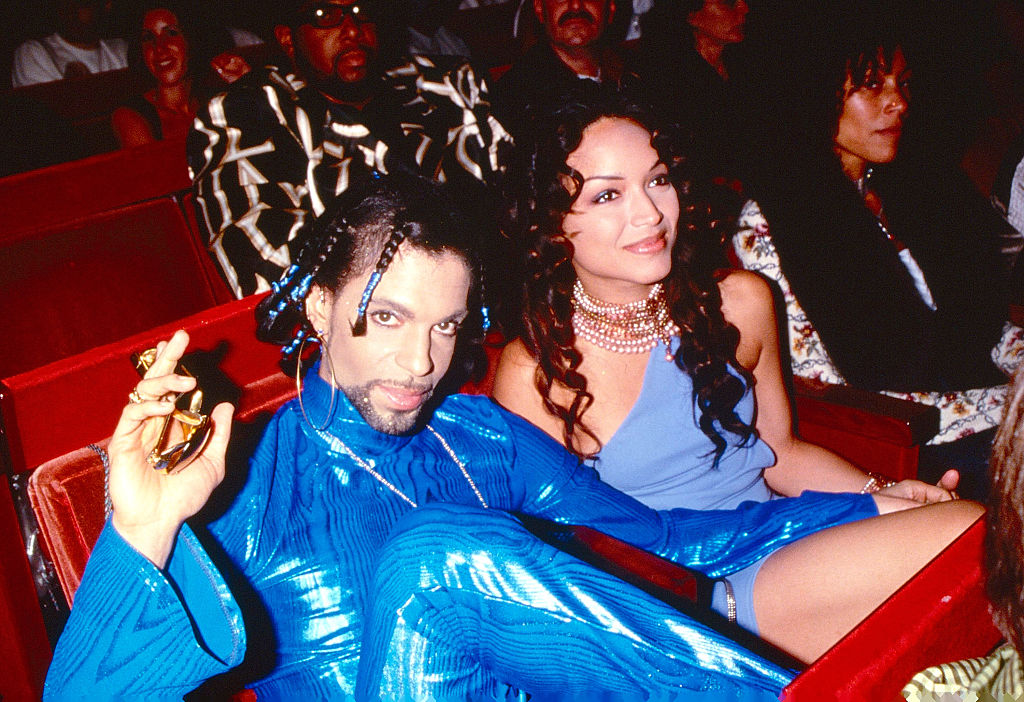






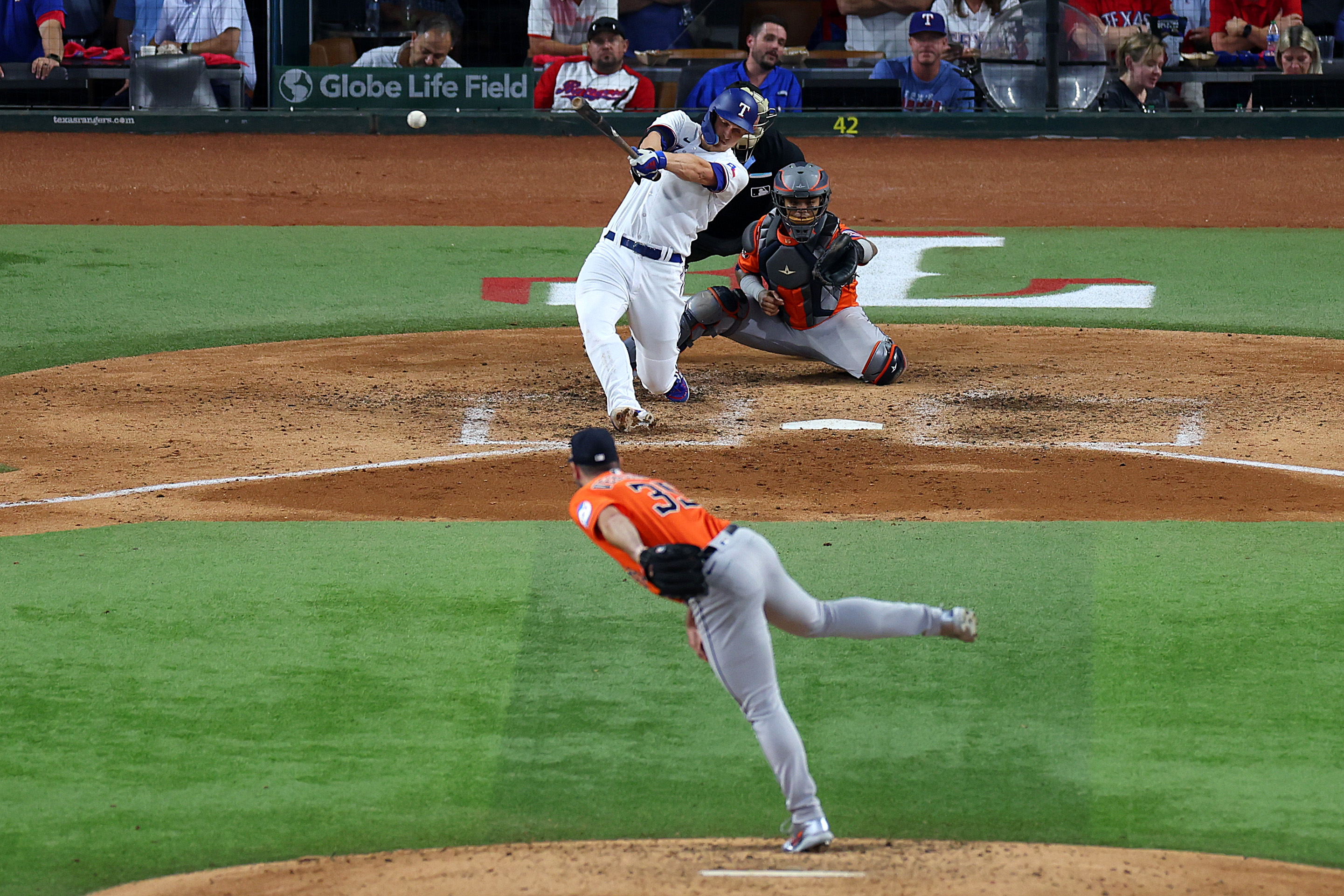
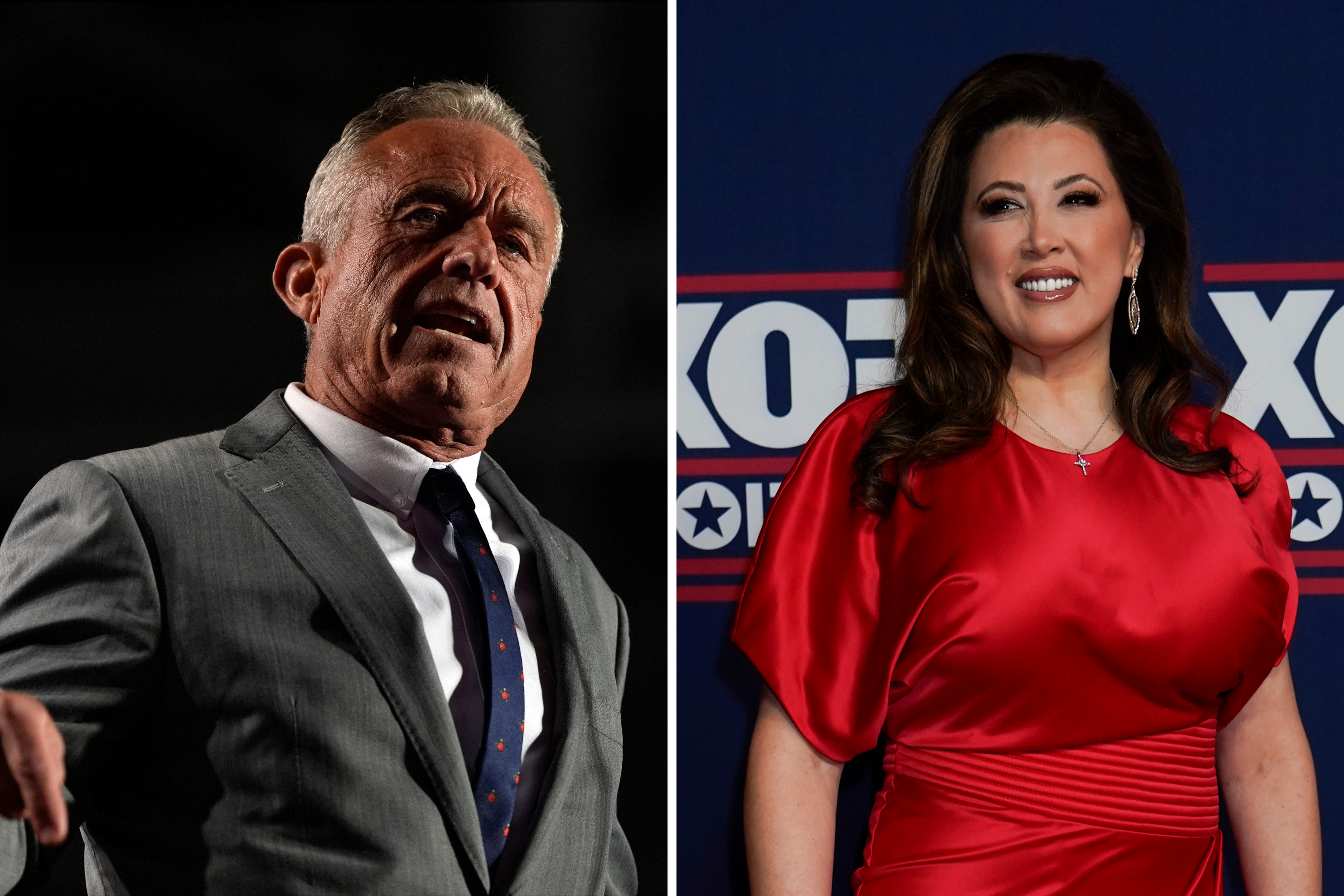
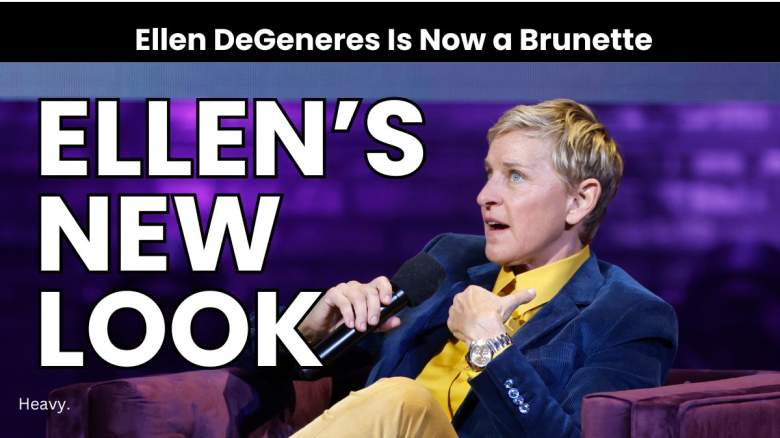








 English (US) ·
English (US) ·